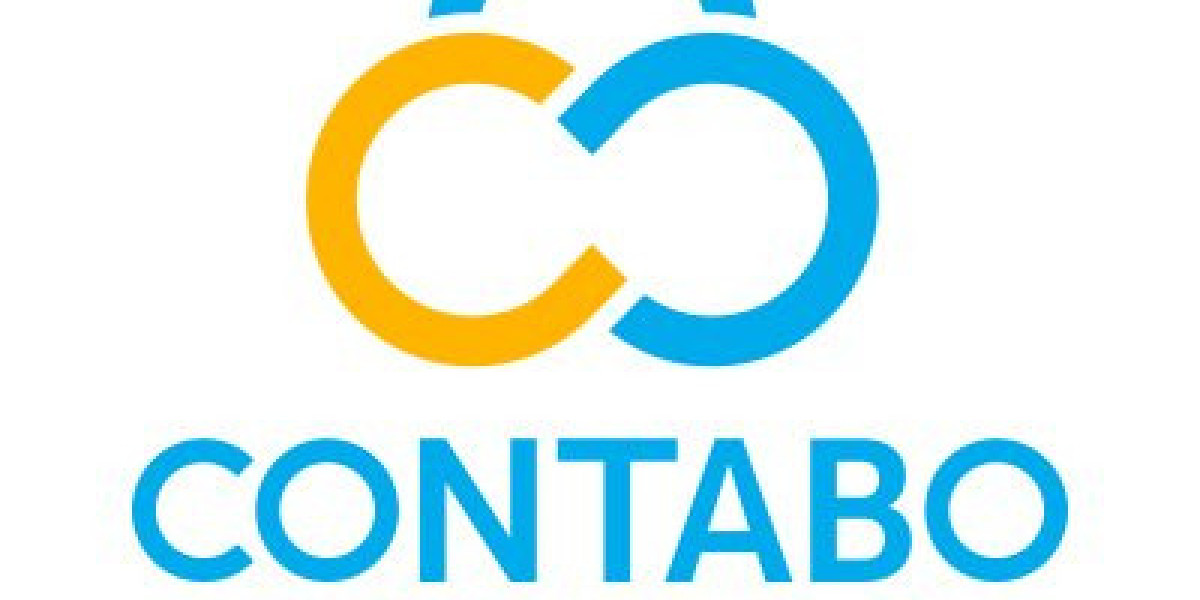What is FFMPEG?
FFMPEG is a powerful open-source multimedia framework that can decode, encode, transcode, mux, demux, stream, filter, and play almost anything that humans and machines have created. It supports a wide range of codecs and file formats, making it a valuable tool for multimedia processing.
Features of FFMPEG
FFMPEG has a rich set of features that make it a popular choice for multimedia processing tasks:
- Support for a wide range of codecs and file formats
- Ability to convert audio and video files to different formats
- Support for streaming media over networks
- Ability to apply various filters and effects to multimedia files
- Support for capturing and encoding live audio and video streams
Using FFMPEG
FFMPEG can be used from the command line or integrated into other applications using its libraries. Here are some examples of common tasks that can be performed using FFMPEG:
- Converting a video file to a different format:
ffmpeg -i input.mp4 output.avi - Extracting audio from a video file:
ffmpeg -i input.mp4 -vn output.mp3 - Adding a watermark to a video:
ffmpeg -i input.mp4 -i watermark.png -filter_complex "overlay=10:10" output.mp4
Conclusion
FFMPEG is a versatile and powerful multimedia framework that can handle a wide range of multimedia processing tasks. Whether you need to convert audio and video files, stream media over networks, or apply filters and effects to multimedia files, FFMPEG has got you covered. Its open-source nature and extensive feature set make it a valuable tool for anyone working with multimedia content.



